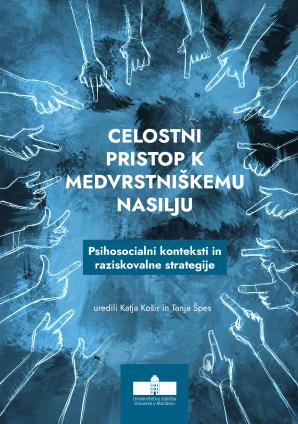Odnos med posameznimi oblikami nasilja
Synopsis
The paper focuses on the relationship between different forms (physical, verbal, relational and online) of perpetration and experience of peer violence using the self-report method. Data (N = 6395) from the first survey of the research Social context as a factor of peer violence: how to contribute to an inclusive school by creating a positive peer culture? were used. Analysis based on the performed hierarchical multiple regressions reveals a strong connection between perpetration of violence and experience of violence (victimization), which shows that students are not involved in only one form of violence, but that the perpetration and experience of violence occur in different ways. Regression models showed that the perpetration of individual forms of peer violence is related to the perpetration and experience of other forms of violence, but the predictors differ. In the regression models for predicting the perpetration of violence, both the variables for perpetration of violence and victimization contribute significantly to the variance. In regression models that focus on predicting victimization, however, a larger proportion of the variance is explained by variables related to the experience of violence (primarily from the perspective of verbal and relational victimization) compared to models predicting perpetration of violence. The contribution of gender and school achievement in regression models is limited mainly to models of perpetration of physical and verbal violence.







